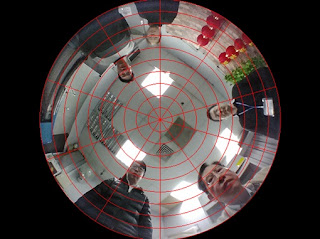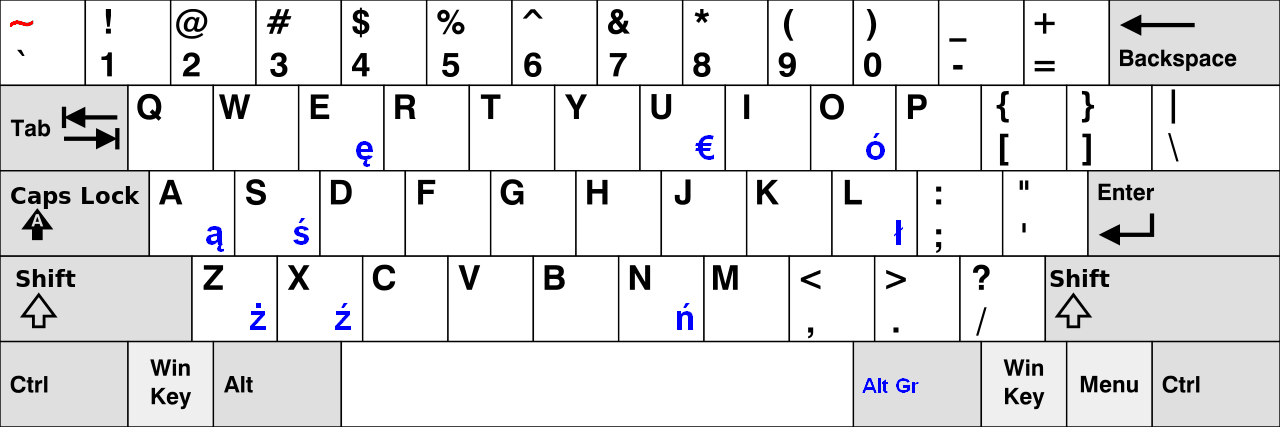A Quickly Dewarping Algorithm of Optimization Processing Strategy
A Quickly Dewarping Algorithm of Optimization Processing Strategy
Our proposed (A Quickly Dewarping Algorithm of Optimization Processing Strategy) was accepted to the engineering technology application conference in 2019. The conference place is in the College of Engineering of the Taipei City University of Science & Technology (TPCU) in Taiwan (R.O.C.), and Conference Date on 12th April, 2019.
Recently, the applications of the panoramic image are useful progressively more and more. The advantage is one camera that is able to catch 360-degree image. However, the 360-degree image is a circle image. Therefore, the Dewarping technology is helpful that the circle image transforms into a plane image. In this study, do not need to refer to extra information, such as camera parameters, lens parameters, video or image parameters, etc. The Optimization Processing Strategy for the Dewarping Algorithm is proposed in this study. The Strategy and the Algorithm are further to improve the performance. The quickly Dewarping algorithm is able to fast transform the circle (panoramic image) into a plane image. The optimization processing strategy is able to improve the performance of the algorithm. For evaluation of the performance, the CPU loading used in this study. To Compare the performance of other Dewarping algorithms. The result, this study is better than other Dewarping algo-rithms on the performance.
This study aims to research a quickly computing and low CPU loading of the de-warping algorithm. For example, Figure 2 is an original image. Figure 3 is appearing the baseline of this study. Figure 4 is the result image (Panoramic Image) of this study.
Table 1 is a comparison overview table [8]. There are six companies' algorithms and the algorithm of our proposed. This study supports all fisheye camera and special fisheye camera (Cata-Fisheye Camera). There is different point that is whether use the GPU. Although, there are two companies that has used the GPU for de-warping algorithm. However, the NUUO's de-warping algorithm has 19% CPU loading when it is applied OpenCL to use the GPU. Our proposed has 3.65% CPU load-ing when the resolution of the source image is 1920 x 1440. The Figure 5 is a graphic of the CPU loading of our proposed algo-rithm.
User additional effort
|
Generic De-warp
|
Support vendor
|
Calibration
|
GPU Acceleration
|
|
| NUUO | No need | Yes | All fisheye camera | Default and tool | OpenCL (nVIDIA, ATI, Intel) |
| Milestone | Install plugin by camera vendor | No | Sentry360, VIVOTEK, Samsung | Depends on plugin | No |
| Genetec | Install plugin by camera vendor | No | Sentry360, VIVOTEK | Depends on plugin | No |
| Aimetis | No need | Yes | All fisheye camera | No | No |
| Axxonsoft | No need | Yes | All fisheye camera | No | CUDA (nVIDIA VGA card only) |
| Exacq | No need | No | VIVOTEK, Sentry 360 | No | No |
| Our Proposed | No need | Yes | All fisheye camera, Special fisheye camera[4] |
No | No |
| Kernel Computing Unit | CPU Loading | |
| NUUO [8] | GPU | 19% |
| Our Proposed | CPU | 3.65% |
Summary, Table 2 shows that our experimental results has a low CPU loading (3.65%). Normally, there is made high CPU loading when exchange image data between CPU and GPU. Therefore, the best way that is to reduce the times of the exchange of the image data.
The RMSE (root-mean-square error) is 109.0159 between our proposed and Atria Logic Inc. The dewarping algorithm of Atria Logic Inc. has not filled a whole panorama image. There is a black range in the bottom of the image. That is catch error a range of the original image. Our proposed can automatically locate a correctly range of the original image. Then the dewarping algorithm of our study is correct to fill the whole panorama image. There is not black range via our study.
This study showed that has high usa-bility and low CPU loading. The future work that is further calibration. This study has a low CPU loading. For the reason, this study has a large to make progress place. First, to increase the ability of the calibra-tion. Second, the algorithm of this study should be implemented on the GPU and expect it's better than the CPU version of this study.
Reference
[1] F. A. van den Heuvel, R. Verwaal, and B. Beers, "Calibration of Fisheye Camera Sys-tems and the Reduction of Chromatic Aber-ration," International Archives of Photo-grammetry, Remote Sensing and Spatial In-formation Sciences, Dresden, Germany, vol. XXXVI, Part 5.
[2] P. Dhane, K. Kutty, and S. Bangadkar, "A Generic Non-Linear Method for Fisheye Correction," International Journal of Com-puter Applications (0975 – 8887), vol. 51, no. 10, pp. 58-65, Aug. 2012.
[3] M. Friel, C. Hughes, P. Denny, E. Jones, and M. Glavin, "Automatic Calibration of Fish-Eye Cameras from Automotive Video Se-quences," IEEE Trans. Intelligent Transport Systems, vol. 4, no. 2, pp. 136-148, Jun. 2010.
[4] G. Krishnan and S. K. Nayar, "Cata-Fisheye Camera for Panoramic Imaging," Applica-tions of Computer Vision, 2008. WACV 2008. IEEE Workshop on, Copper Mountain, CO, USA, 2008, pp. 1-8.
[5] A. L. Brown, T. Carnevale, and P. Szajer, "Optimized 360 Degree De-warping With Virtual Cameras," U.S. Patent US 2016/0119551 A1, Apr. 28, 2016.
[6] Atria Logic Inc., "Overview - Panorama Gen-eration from the Periphery of a Fisheye," Dewarping & Panorama Generation from Fisheye Images, Dec. 2018. [Online]. Availa-ble: http://www.atrialogic.com/dewarping.php
[7] P. Bourke, "Converting a Fisheye Image into a Panoramic, Spherical or Perspective Pro-jection," Jul. 2016. [Online]. Available: http://paulbourke.net/dome/fish2/
[8] NUUO, "Fisheye Dewarp - Nuuo," May. 2014. [Online]. Available: http://ftp.nuuo.com/NUUO/Crystal/Project/v2.1.1/Release_Note&Demo_Kit/Dewarp_IFSEC_Evonne_20140521.pptx












Comments
Post a Comment